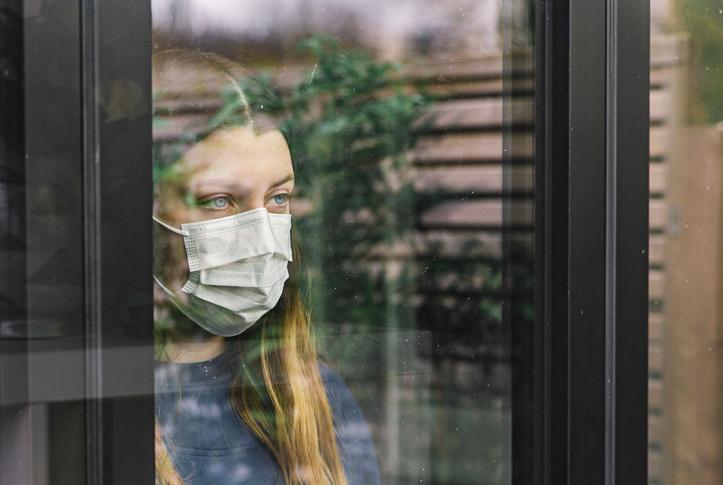As public officials urge people to stay home and maintain social distance to combat the spread of COVID-19, we will likely need policy solutions to address increasing social isolation and loneliness. While social distancing is important for preventing the spread of the virus, it could exacerbate problems for the more than one of four adults ages 50 to 80 who said they felt isolated even before the outbreak and increase the risk of loneliness for others, especially the 35.7 million Americans living alone.
The Consequences of Social Isolation and Loneliness
Social isolation and loneliness have been linked to many physical and mental health problems including heart disease, diabetes, anxiety, and depression. The health damage caused by isolation and loneliness is estimated to increase the risk of early death by 26 percent, has been equated to smoking 15 cigarettes a day, and is estimated to cumulatively cost Medicare an additional $6.7 billion each year.
What’s particularly concerning is that the Americans most at risk of developing severe cases of COVID-19 are the same ones who report high rates of social isolation: older adults and people with underlying medical conditions. Research has shown that adults with chronic conditions and physical or cognitive limitations are more than two times as likely to report feeling socially isolated (37%) than adults who do not have these health issues (15%).
Addressing Social Isolation During the COVID-19 Pandemic
Providers, payers, and policymakers can play important roles in combating this additional epidemic of social isolation. Digital solutions, like those discussed below, could provide much-needed relief during the COVID-19 pandemic, but in most cases do not replace effective, in-person support in the long run.
- Screening for isolation and referring to digital support. It is critical that providers screen for social isolation, evaluate the impact it could have on the health of their patients, and refer them as needed to appropriate supports, including digital solutions for connection and companionship. Providers can connect isolated patients to technologies like Papa, which links college students and older adults for virtual conversations, and Stitch, a social networking site for seniors. Policymakers also can allocate funding for programs that offer virtual social support.
- Expanding access to telehealth for mental health care. Since the federal government significantly expanded Medicare coverage of telehealth services during the COVID-19 pandemic, providers now have greater flexibility to refer Medicare enrollees who feel isolated and lonely to virtual mental health care or “telemental health.” Apps like TalkSpace and Betterhelp connect people to virtual counseling with licensed therapists. States need further guidance from the federal government on what specifically is covered and how providers can use telemental health platforms. In addition, federal law must extend legal protections to mental health providers practicing in alternate work locations. States also can assist in shoring up telemental health access. New York is building a network of volunteer licensed mental health professionals to offer free counseling and support to residents during the crisis. In addition, states can use emergency orders to activate additional master’s-level licensed professional counselors, allowing them to treat patients and bill Medicare.
- Increasing access to internet and smartphones. Policymakers can consider ways to increase access to utilities like internet and smartphones that are critical for staying connected; nearly half of older adults do not have broadband service or smartphones. Medicare and Medicaid already subsidize this in certain cases for people with disabilities.
During this time of national crisis, providers, payers, and policymakers can take these concrete steps to ensure the social distancing we are doing across America does not have the unintended consequence of increasing harmful social isolation — especially for the sickest and most vulnerable among us.








